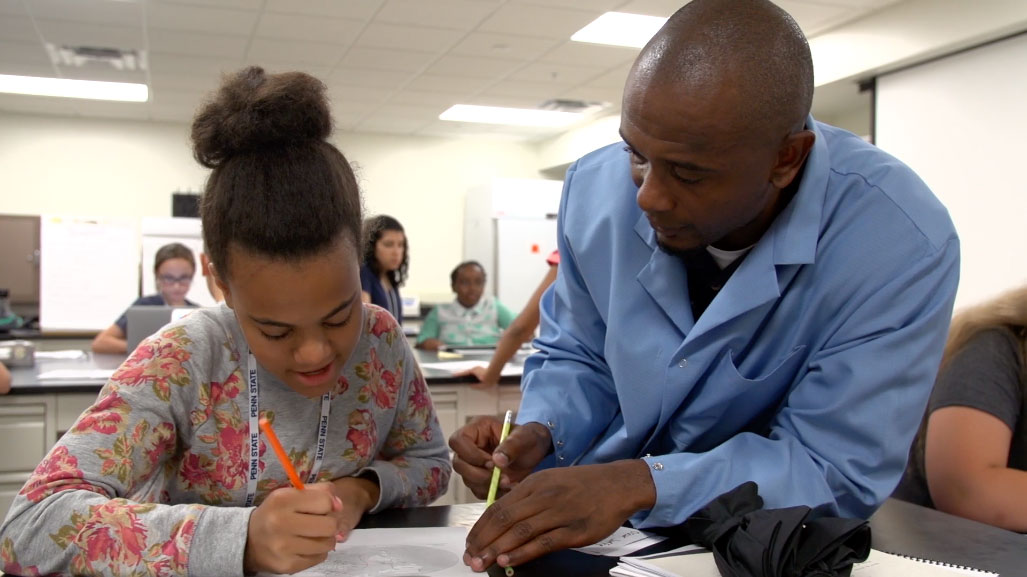Episode FiveAdaptations
Lesson Goal Experience the connection between the shape and structure of different bird beaks and the bird’s ability to eat available food(s).
Materials
- Adaptations and Mutations Worksheet
- One cup (bird stomach)
- Tweezers (gripper - bird beak)
- Skewer (prober/scooper - bird beak)
- Spoon (crusher - bird beak)
- Straws (drinker - bird beak)
- Your instructor will distribute different foods (worms, fruit, birdseed, nectar) that each bird will gather from around the area. Do not eat the food!
Introduce Adaptations and Mutations
- Discuss what an adaptation is.
- Think & Write about this:
Is environment a factor?
Why/Why Not?
- Look at the photo of beaks on the Adaptations and Mutations Worksheet
- Think & Write about this:
Pick one type of beak (which one did you pick?)
What kind of food do you think that it eats?
What makes you think that?
Round One of the Food for the Bird Brain Activity
First and foremost - The teacher is the HAWK that eats birds. Unruly behavior or violation of rules will result in the hawk capturing the conspicuous bird and making it sit out for one round. Unusual behavior draws attention from predators!
There are many different types of beak adaptations that relate to the foods that birds eat.
Different beaks are suited for different foods.
Think about it: what kind of utensil are you going to grab if you're eating ice cream or soup… a fork? A knife? Probably not. But what would happen if all you had were knives to eat your soup? And why does this analogy fail when talking about humans?
- In this activity, you will be using spoons, tweezers, skewers and straws to gather food.
- Each student will be given a “beak” and a “stomach.”
- The birds must pick up food using only the beak and then drop the food into their stomachs. Food MAY NOT be scooped or thrown into the stomach, and the stomach must be held upright.
- DO NOT push or shove. . . but don't be too nice about it or you may starve!
- After the first round:
What did you notice about who got the most food?
Why do you think this was the case?
Round Two - Mutations
A mutation is a change in the DNA. Contrary to what every zombie movie might have led you to believe, mutations can be super helpful. In fact, most of the diversity of species is the result of mutations. Let's see how mutations can be helpful, harmful, or neutral.
Mutations have occurred in your bird’s beak:
- Tweezers are now clothespins
- Skewers are shorter
- Spoons experience no visible change
- Straws are short and wide
- After the secound round:
Were there any differences in who got the most food?
Why do you think this happened?
Round Three - A Drastic Change in Climate
- Remove nectar, grapes, and worms from the food sources.
- After the third round:
What happened?
Downloads

